The content of the article
It is difficult to find a person who is indifferent to coffee. A fragrant drink helps to cheer up, activates metabolic processes in the body, increases brain activity and gives strength. If you regularly drink a cup of coffee, you will greatly improve your performance and make decisions easier. However, you can get all the benefits only if you choose the right seeds for the preparation of the drug. We’ll talk about this today.
What are the types of coffee
- Robusta. Grains have practically no characteristic aromatic odor. The final drink is slightly bitter; a similar trait is characteristic of this variety. Robusta has much more caffeine than other similar types. Nevertheless, if you prepare the potion only from these grains, it will turn out to be strong, but not very fragrant.
- Arabica Today, arabica is cultivated everywhere, it is allocated 85-90% of the land on plantations. The same percentage of the variety is in blends (blends of coffee beans). The view is characterized by a rich coffee aroma. The final drink comes with sourness, a person will fully enjoy the aftertaste. Arabica is not a very strong variety, it has less caffeine than in robusta. This kind of grains is appreciated by gourmets who understand the intricacies of taste and aroma.
- Liberica Among the most popular varieties, liberica has a low cost. It belongs to the category of least useful products. Liberica is often used by unscrupulous manufacturers of coffee beans. The variety is combined with arabica and robusta, thereby producing low-quality raw materials with a relatively low price.
The listed types of coffee beans require the observance of certain weather conditions, so it makes sense to separate them by territorial basis. The cereal product may be Asian, African, American.
If we talk about the leading countries for the production of grains, the following are distinguished: Guatemala, Brazil, Colombia, India, Costa Rica, Venezuela, Kenya. All varieties are different in color, taste, aroma.
What are the blends (combinations) of coffee
To date, more than 88 varieties of coffee are known, but 3 of them are the most popular - robusta, arabica, liberica. It is on their basis that blends are prepared - mixtures of several varieties presented in an unequal ratio. Hence, the final taste of the drink differs.
- Arabica 100%. Today, pure arabica is a leader. The purchase option is considered the most simple and win-win. Of course, you will spend a lot of cost, but you will not puzzle over other available varieties. A drink based on grains of this type is very aromatic, and the aftertaste is sour. The difficulty lies in the fact that often Arabica is made from one variety, but grains are taken from countries on different plantations. Hence the taste of coffee differs. In fact, it doesn’t matter. The main thing is that arabica should not be diluted with robust or liberica, without mentioning it on the label.
- Arabica / Robusta (90/10 ratio). This type of blend is the most popular among both amateurs and professionals. Adding Robusta to Arabica allows you to slightly reduce the cost of coffee and give the drink a bitterness. This option is suitable for people who "do not understand" sour coffee. The Arabica / Robusta blend in a percentage of 90/10 is often used in coffee houses. Everyone’s favorite espresso, latte, cappuccino, etc. are prepared from a mixture of grains. Since Robusta contains more caffeine, the strength of the drink also increases.
- Arabica / Robusta (80/20 ratio). If you like acid-free coffee, this blend is for you.Incoming 20% Robusta grains make the drink strong and invigorating, so it is better to drink it with sugar. The option is especially appreciated by those who prepare coffee drinks with milk, cream and other toppings. You will not feel the difference at all, but you will save a lot of money. It is better to dilute the drink with milk in order to neutralize the characteristic bitterness of Robusta.
- Arabica / Robusta (ratio 70/30). Today, this version of blended coffee is considered the most inexpensive, but in demand. It resorted to fast food restaurants that want to treat customers with natural coffee. If you decide to purchase a blend for home brewing, you should make sure that there are no impurities. The package should contain only grains of robusta and arabica.
- Arabica / Robusta / Liberica. Liberica, unlike other types of coffee, is considered the most aromatic. This combination is extremely rare, but it is in demand by connoisseurs. It is important to look for the percentage of varieties of grains in which a small amount will be allocated to the liberic (about 5-10%). A trio costs an order of magnitude cheaper than a duet from Arabica and Robusta.
How to choose coffee beans
After studying the varieties of coffee beans and blends based on them, you should responsibly approach the choice of product. Surely you already know what exactly you want. We will only direct the buyer in the right direction, prompting what to pay attention to.
Grains
- Try to buy coffee in a box with a transparent window. Before paying, you need to make sure that the grains are whole, there are no chopped granules and dust in the pack. High-quality raw materials have a dense shell without any cracks on the surface.
- Choose coffee with granules of the same size if you buy 100% Arabica. In the case of other options and blends, slight deviations in shape and size are allowed.
- If there is an opportunity to buy and feel grains, take one and try to bite. Suitable for cooking specimens are easily dispersed, the internal cavity of the grain is hard and dry.
- It is important to appreciate the taste of the chopped element. It will be pleasant, without signs of mustiness. Never buy coffee beans if they are too soft.
Packaging
- In supermarkets and specialty stores, coffee is sold in multilayer foil packaging. It is this option that allows you to save the aroma and freshness of the grains, which subsequently helps to get a quality drink.
- Foil packaging does not transmit ultraviolet rays, which is very important for coffee beans. The pack also maintains an optimal microclimate (humidity level, air circulation, etc.).
- Good packaging has an air vent valve, due to which the raw materials are successfully stored in warehouses. And you can feel the pleasant aroma of grains, which is distributed from the package.
- If the choice fell on a weighed coffee, it is packed in paper bags, which are lined with polyethylene from the inside. Such packing allows you to store grains for a short time (about 5-10 days).
Grinding
As you know, coffee can be produced already in ground form. In this case, it is important to pay attention to the degree of grinding.
- Large particles about 0.75 mm in size. suitable for cooking in a French press. In this case, the procedure will take 6-8 minutes.
- Medium-sized grains are considered universal, regardless of the cooking device. The brewing period is 4-5 minutes.
- Fine particles are suitable for geyser coffee machines with an integrated filter. From such coffee, the drink is brewed for 2-3 minutes.
- There is another class of grinding grains - extra fine. The powdery composition allows you to make a drink in cezve, a French press, a coffee machine and coffee makers.
Roast Degree
Even if you collect coffee beans from one bush, the taste of the final drink will vary depending on the degree of roasting.
- Easy heat treatment allows the raw material to maintain a beige color with a slight shade of gold. In this case, the drink will turn out to be “watery” with a share of acidity.
- Roasting medium gives the product a milky hue, enhances aroma. Prolonged heating at high temperature allows you to remove the bitterness in its presence. Such processing on the packaging is listed as “American”.
- Strong roasting makes the grains dark, displays esters to the surface, enhances aroma and taste.
- There is also Vienna heat treatment - roasting between medium and maximum. It reveals the bitterness of grains, but is aimed at enhancing the aroma.
Modern coffee bean manufacturers are trying to call their products a resounding name. But, despite the name, the basis of raw materials is made from the fruits of the coffee bush. It is a plant variety, not a marketing strategy, that determines the quality of a product.
Video: how to choose the right coffee

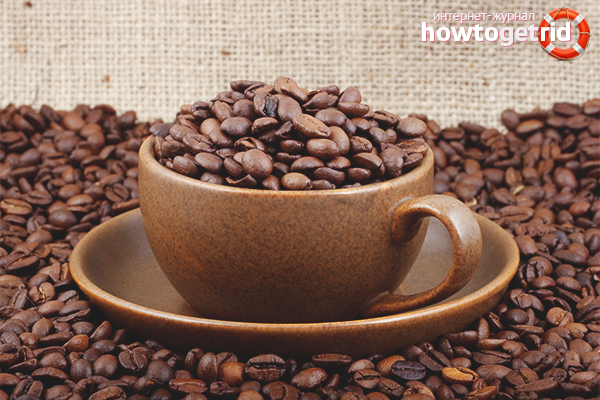


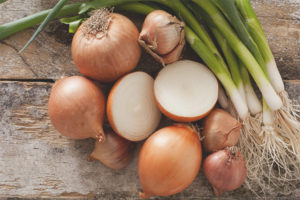
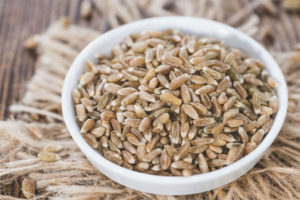
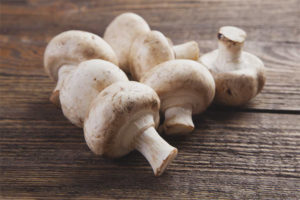
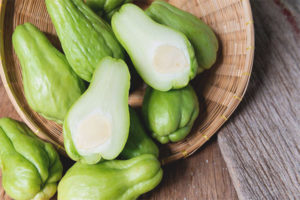

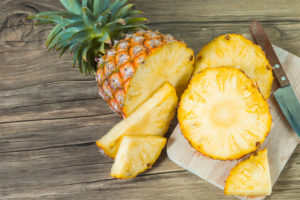
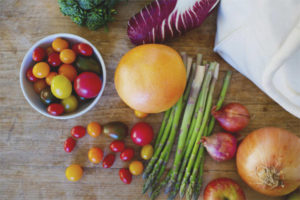
Submit